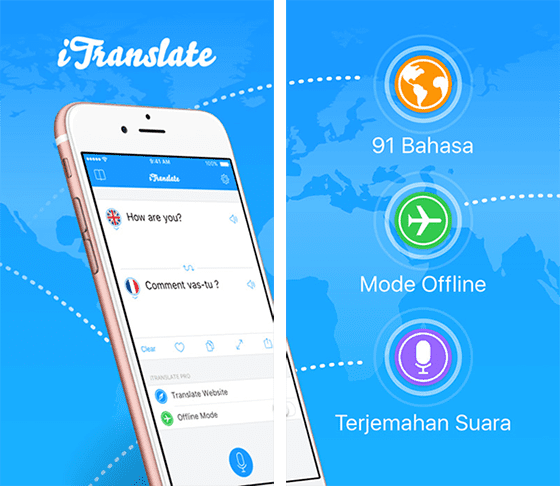

Had our team been asked to give this a thorough edit to make it publication-ready, a complete rewrite would be suggested. Some sentences are handled quite well and appropriately, given the fact that this is essentially a newspaper story, but then, suddenly, there’s a noticeable, even startling change in tone/register and in the case of Japanese, a change to using Katakana where it wouldn’t be appropriate. Generally, and this goes for all three translations, there is a significant lack of what I’d call stylistic consistency.

None of our 3 contestants got the headline right, and each one of them had trouble understanding the nuance behind “It may not end today”.This is typically where this type of translation tool will have issues.Ī few general observations about both languages: In reading the English, you will see some nuanced language and some slang.

Seriously, let’s take a look at how the tools did on the translation effort. Susumu Fukase is an accomplished Japanese translator with over 40 years of experience and works with some of the finest translation agencies all over the world. He previously taught German at Penn State, Georgetown University, and the Catholic University of America, and English at City Colleges of Chicago. Gerhard Preisser is an accomplished German translator working with some of the best translation services firms for over 26 years. We ran the story through each of the three MT engines in German and Japanese. Some examples of nuanced language from the article are:

The language used is relatively simple but there certainly is some nuance to certain parts of the story. The union is facing an uphill battle against Amazon. The complaints centered around a lack of communication between employees and management. The union contends that employees at the facility were being treated unfairly. The article covered the effort of the Retail, Wholesale, and Department Store Union (RWDSU) to unionize the employees at an Amazon facility in Alabama. It was chosen due to its popularity in current events. The article we chose appeared in the online news source, The Morning Brew. Microsoft TranslatorĪlso known as Bing Translator, and part of Azure Cognitive Services, Microsoft Translator offers text and speech translation from another tech giant which brings the power of Microsoft into the ring. Google may have discontinued the website widget for new sites in 2019, but the tech giant is still strong in real-time document, text, and website translation to this day. With a catchy name taken from Deep Learning, early reviews of DeepL’s performance said this underdog raised the bar for the field. I thought it might be interesting to select a popular media article, which uses some slang and pit these three neural machine translation engines against each other.ĭeepL Translator was introduced by DeepL, previously Linguee, in August of 2017. In the end, given that Apple Translate is not even a year old, such disparity in language support is to be expected.Let’s get ready to rumble! This is a machine translation (MT) battle royal between DeepL Translator, Google Translate, and Microsoft Translator. Even lower than that, 32 are supported for audio translation. When it comes to camera-assisted translation – image to text – Google Translate further limits it to 37 languages. However, out of those 100+, bilingual on-the-fly translation is only available for 43 languages, which is still four times higher than what Apple Translate offers. In stark contrast, Google Translate supports over 100 languages, which for all intents and purposes accounts for most populations on the planet. Those 11 supported languages for Apple Translate are Spanish, Italian, German, English, French, Arabic, Russian, Chinese, Japanese, Korean, and Portuguese.
Itranslate vs google translate update#
Apple supports only 11 languages as of the last official update on September 16, 2020. Unfortunately for Apple Translate, this category goes firmly in the Google camp. Either way, it is impossible to notice any difference between the two when it comes to translation accuracy.


 0 kommentar(er)
0 kommentar(er)
